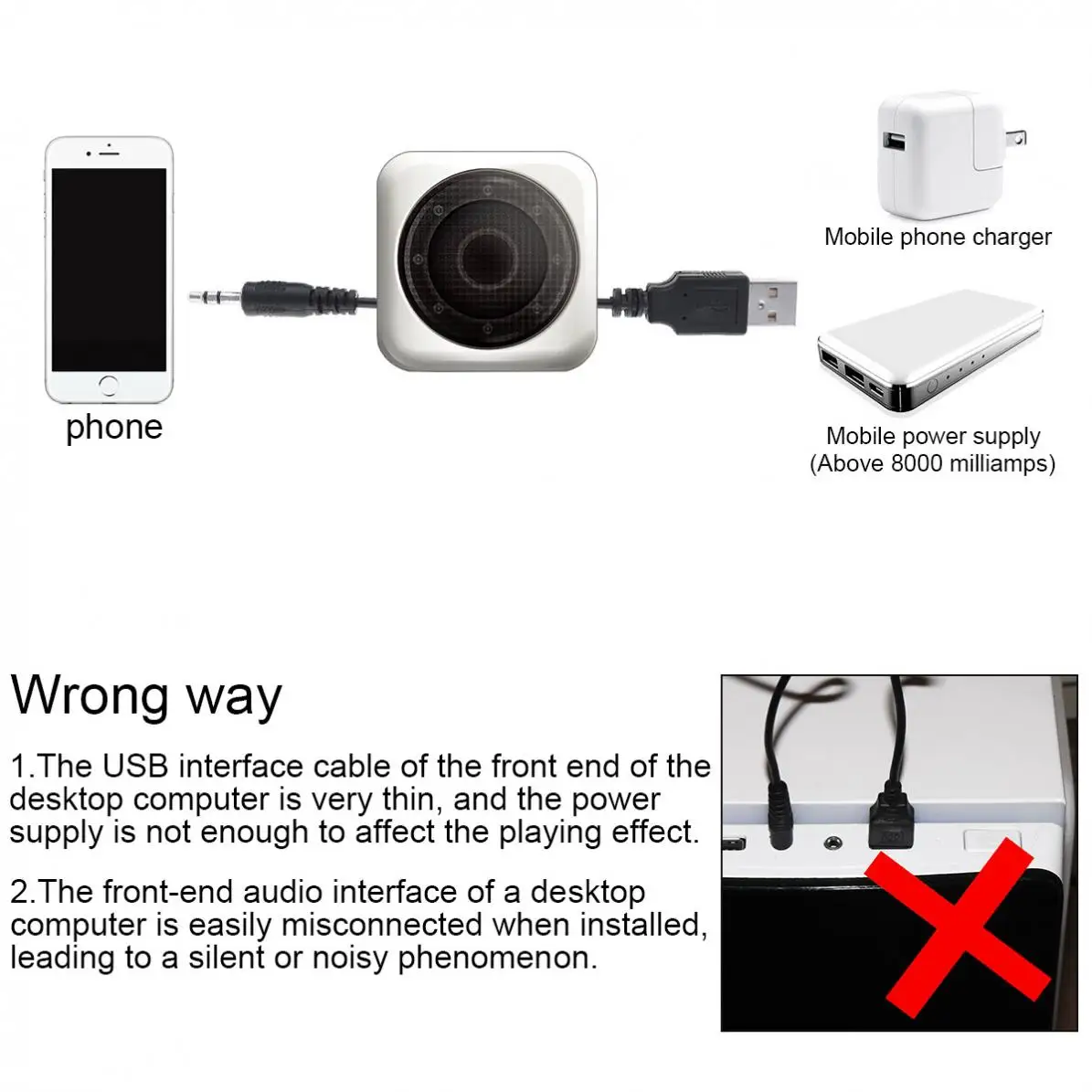

- #Diy personal backup storage install#
- #Diy personal backup storage pro#
- #Diy personal backup storage Offline#
- #Diy personal backup storage windows 7#
- #Diy personal backup storage mac#
Choose the local folder you want synced and hit Okay. Click on your new job in the list, then click the "Left" side drive icon at the top of the window. Your new job needs two sides to it - a left side, generally the local files you want to sync, and a right side, preferably the network side. In any case, choose "Synchronize" rather than "Backup" for the job. Then again, you could simply sync a big, root folder to a folder on your remote space, if you want that Dropbox-like feeling of having one magic box. Create a GoodSync account, then choose to "Create a new job." A job is something like "Sync Documents to Web Server," or "Sync Pictures to Amazon S3." It will be two-way, and near-instantaneous, but you have to set up each folder-to-folder connection this way.
#Diy personal backup storage Offline#
You'll be asked to choose to set up Goodsync in Online or Offline mode stick with Online for now (Offline mode generally relies on Goodsync's USB key).
#Diy personal backup storage install#
In any case, grab the free download, install it, and start it up. Those might not be a problem, though, if you're a light user check out the free-versus-pro breakdown for details. You can use it free, too, with a few capacity limitations.
#Diy personal backup storage pro#
GoodSync's feature list is impressive, especially given that a Pro license is a one-time $30 purchase. You can also use GoodSync as a one-way backup tool, or sync only between two computers. It takes files located on your system drive, removable drives, home servers, or whatever else you have local, and syncs them to web space through FTP or secure FTP (SFTP), WebDAV connections, Amazon S3, Google Docs, or Windows Live spaces, including our friend SkyDrive from above. GoodSync is connective software, and it's meant to turn your existing web spaces into Dropbox-like spaces for files.
#Diy personal backup storage mac#
Sharing is set up fairly nice, too, and if you have Silverlight running in your browser, multiple uploads or downloads from a Windows or Mac browser is a drag-and-drop affair.īut maybe you're interested in replicating more of Dropbox's functionality - dedicated clients on Windows and Mac, encryption, deeper OS integration - the way to go is GoodSync. SkyDrive's web access is pretty solid, and you can easily create new Office documents, even OneNote clips, through your browser, too. Drop files into that folder, and they sync to your SkyDrive storage. Once your ID provider is in place, open your Start menu and right-click on Computer, then click "Map Network Drive." Choose a drive letter, paste in the location you copied from that Save dialog, and, voilà - you've got a folder that saves whatever you drop in, and is accessible from any computer you've set up with SkyDrive.
#Diy personal backup storage windows 7#
Got that URL? If you already have a Windows 7 online ID provider installed, you're pretty much good to go. You may have to hit the View menu on that Explorer window to show the address, but in any case, copy it with Ctrl+C, then also paste it into, say, a Notepad scratch file. So why not connect the two? Microsoft doesn't officially offer it, but all one needs to do is open or create some kind of document, then choose "Save to Web." Choose SkyDrive, then, when Windows' own Explorer window pops up to help you choose your location, click at the end of the path, then select and copy the long URL string from that window. Windows can mount remote network drives as if they were local folders, and the Redmond firm offers every Windows Live users 25 GB of storage space through their SkyDrive service. For the rest of us, other tech firms have already built some tools that we just have to connect together. If you're already pretty familiar with SSH, rsync, and basic Linux/Unix networking, it's a viable option. Lifehacker points us to a very complete, in-depth guide at to rolling your own open source Dropbox clone. You've got a few options, depending on your proficiencies and desire to tweak. In any case, it's not that hard to create a kind of Dropbox clone that relies on your systems and your bandwidth, but provides the same kind of drop-and-forget peace of mind. Your clients might have concerns about their data being stashed on a third party's servers, or you might just be a fan of redundancy. It might be the case, then, that you don't want to trust just one blue-hued box for your file syncing. But the curtain has been drawn back on Dropbox's conjury lately, with Terms of Service (TOS) changes, a brief but scary any-password-opens-any-account moment, and then another TOS change that left many confused.

You drop a file into a folder, and it's available on the web, on your other machines, and on your phone, often with multiple version backups. Dropbox, when it's working and you feel good about it, is that kind of advanced technology that's indistinguishable from magic.


 0 kommentar(er)
0 kommentar(er)
